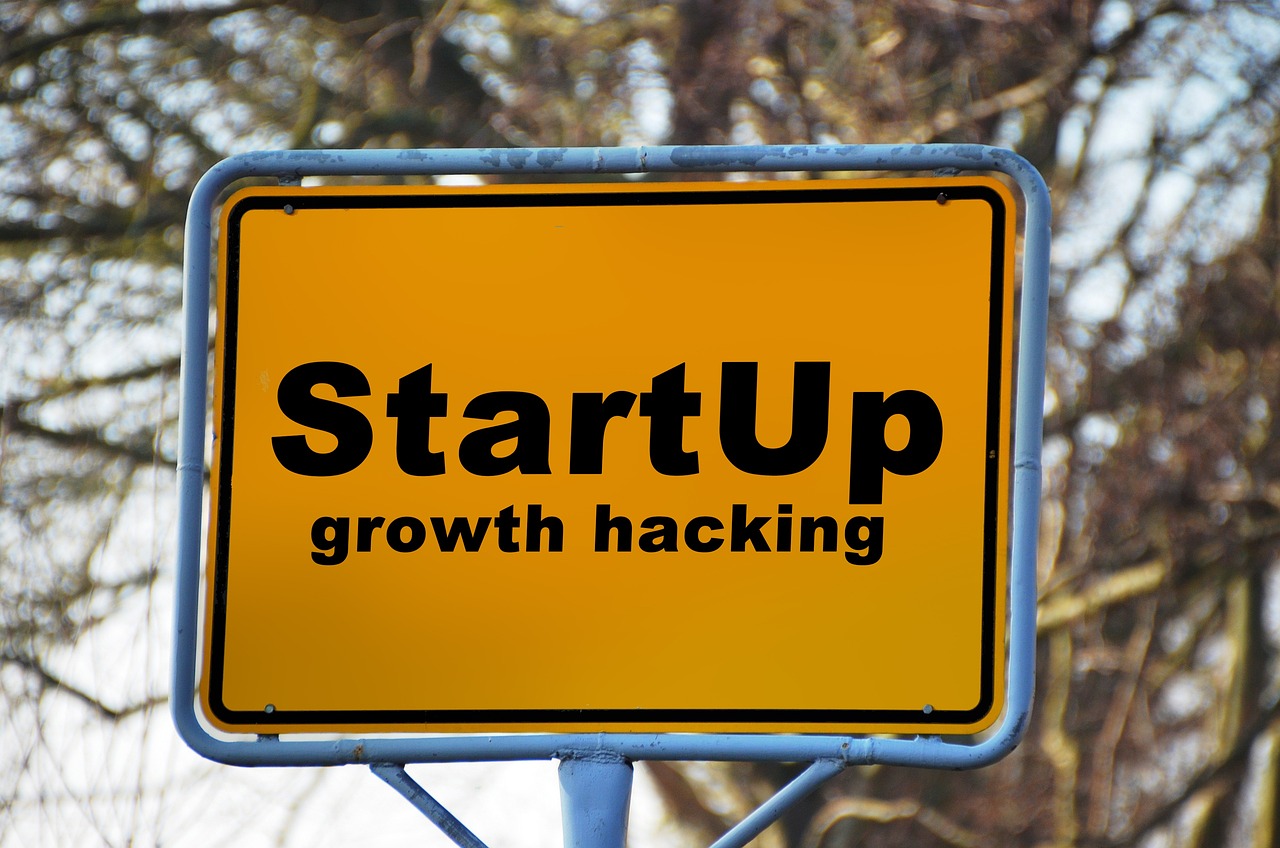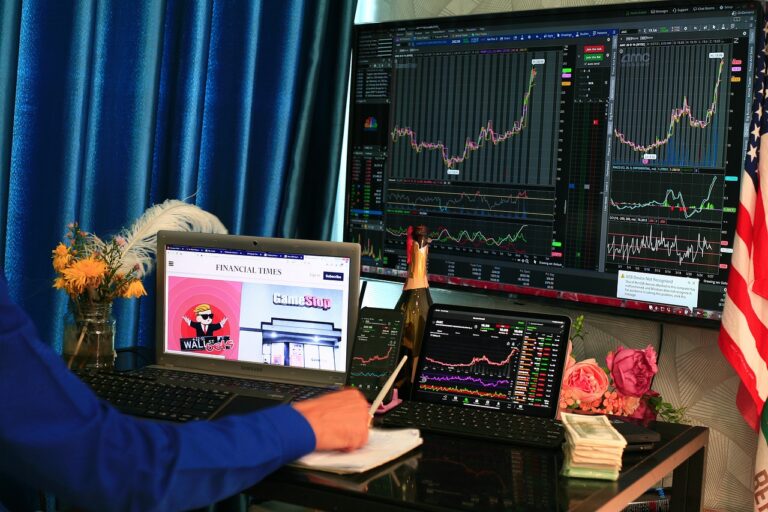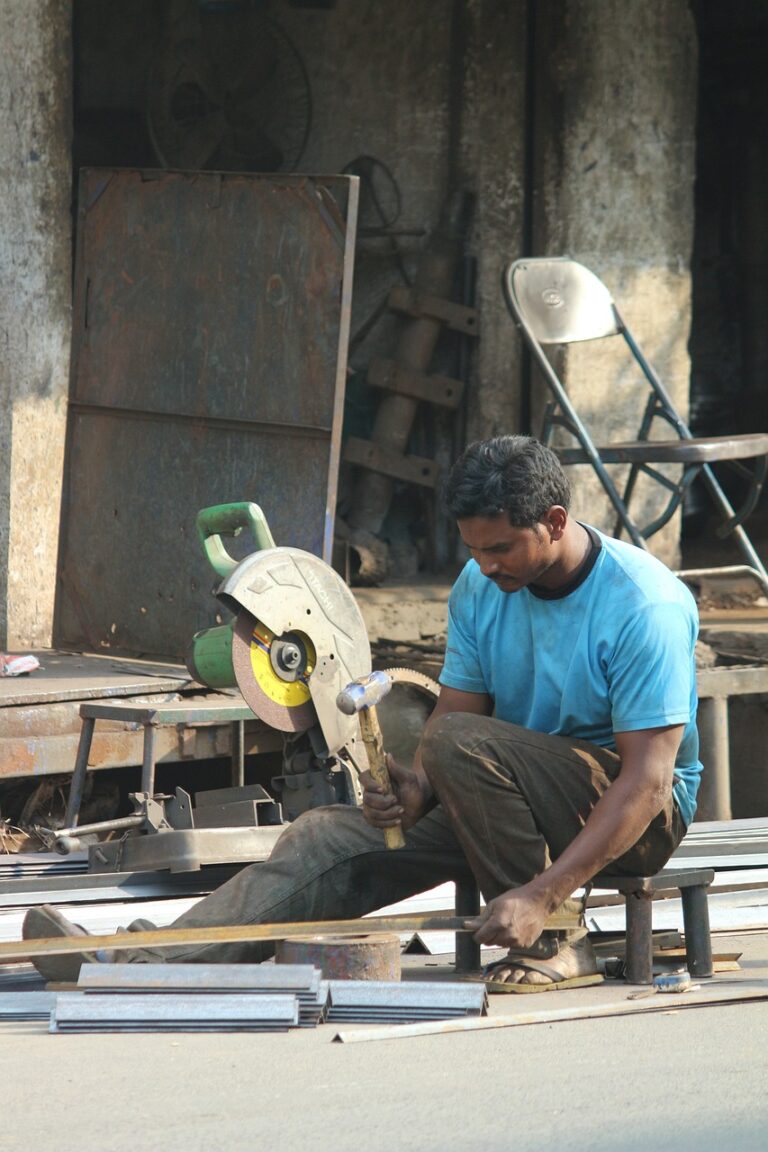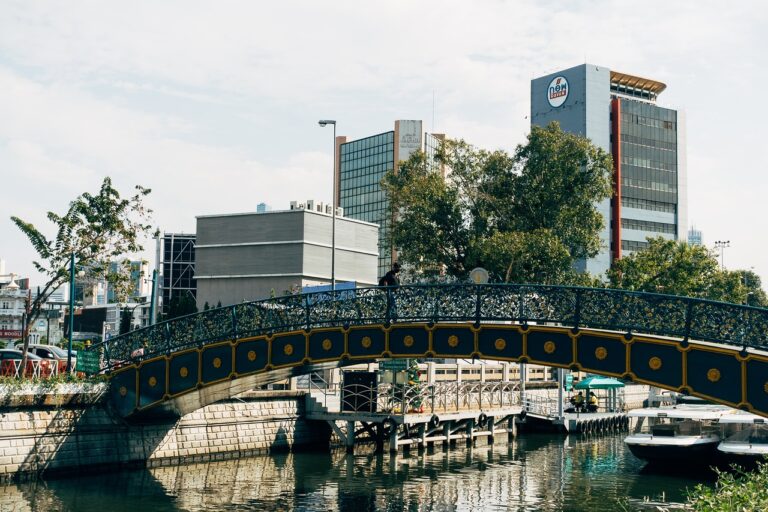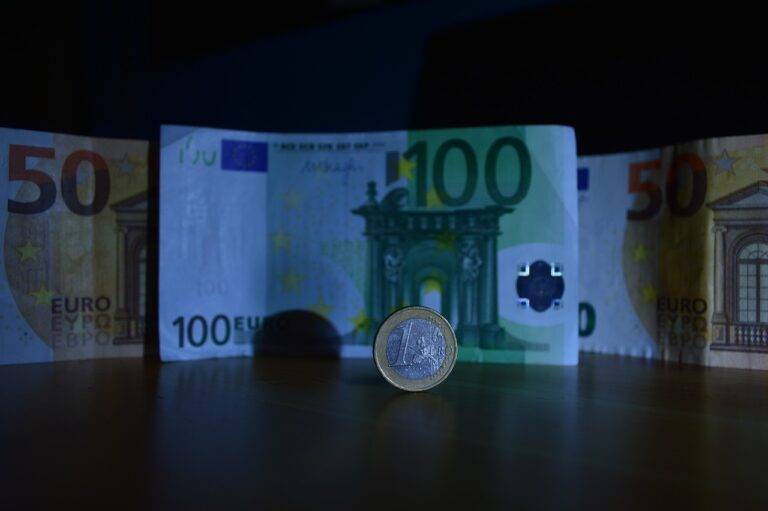The Future of Food Delivery: Technology and Trends Reshaping the Industry
In recent years, the food delivery industry has experienced significant growth and transformation, driven by technological advancements and changing consumer preferences. From the rise of on-demand delivery apps to the use of robotics and AI in food preparation and delivery, the future of food delivery is evolving at a rapid pace. In this article, we will explore the latest trends and technologies that are reshaping the food delivery industry, and how these developments are impacting both businesses and consumers.
1. On-Demand Delivery Apps
One of the most notable changes in the food delivery industry has been the proliferation of on-demand delivery apps. These platforms enable consumers to order food from a variety of restaurants and have it delivered to their doorstep with just a few taps on their smartphone. Companies like UberEats, DoorDash, and Grubhub have revolutionized the way people order food, making it more convenient than ever before.
2. Ghost Kitchens
Ghost kitchens, also known as virtual kitchens or cloud kitchens, are commercial facilities that are set up for the purpose of food delivery only. These kitchens do not have a physical storefront or dine-in area, and are used exclusively for preparing food for delivery orders. This trend has gained popularity in recent years, as it allows restaurants to reduce overhead costs and focus on fulfilling online orders.
3. Drone Delivery
Drone delivery is another technology that is poised to revolutionize the food delivery industry. Companies like Amazon and UPS are experimenting with drone delivery systems that can transport food and other goods quickly and efficiently. While regulatory hurdles still exist, drone delivery has the potential to make food delivery even faster and more convenient for consumers.
4. Robotics and Automation
Robotics and automation are increasingly being used in food delivery to streamline operations and improve efficiency. From autonomous delivery vehicles to robotic kitchen assistants, these technologies are helping to reduce labor costs and make the delivery process more reliable and efficient. As these technologies continue to advance, we can expect to see further integration of robotics in the food delivery industry.
5. Personalization and Data Analytics
Personalization and data analytics are playing a key role in shaping the future of food delivery. By leveraging data on consumer preferences and behavior, delivery companies can create personalized experiences that cater to individual tastes and preferences. This data-driven approach allows businesses to optimize their operations and better serve their customers, leading to increased customer loyalty and satisfaction.
6. Sustainability and Eco-Friendly Practices
With growing concerns about environmental sustainability, many food delivery companies are focusing on eco-friendly practices to reduce their carbon footprint. From using biodegradable packaging to implementing electric delivery vehicles, these initiatives are aimed at minimizing the environmental impact of food delivery operations. Consumers are increasingly conscious of the environmental impact of their food choices, and companies that prioritize sustainability are well-positioned to attract and retain customers.
FAQs
Q: What are the benefits of using on-demand delivery apps?
A: On-demand delivery apps offer convenience and flexibility for consumers, allowing them to order food from a wide range of restaurants with ease. These apps also provide restaurants with additional revenue streams and access to a larger customer base.
Q: How does drone delivery work?
A: Drone delivery involves using unmanned aerial vehicles to transport goods, including food, to a designated location. These drones are equipped with GPS technology and can deliver packages quickly and efficiently, provided they comply with regulatory requirements.
Q: How are robotics being used in food delivery?
A: Robotics are being used in food delivery for a variety of purposes, including autonomous delivery vehicles, robotic kitchen assistants, and automated order fulfillment systems. These technologies help to streamline operations, reduce costs, and improve efficiency in the food delivery process.
Q: What are some examples of sustainable practices in food delivery?
A: Sustainable practices in food delivery include using biodegradable packaging, implementing electric delivery vehicles, and reducing food waste. These initiatives are aimed at reducing the environmental impact of food delivery operations and promoting sustainability in the industry.
As the food delivery industry continues to evolve, we can expect to see further innovations and advancements that will shape the future of this dynamic industry. From on-demand delivery apps to drone delivery and sustainable practices, the future of food delivery is full of exciting possibilities. By staying informed and adapting to these trends, businesses can stay ahead of the curve and meet the changing needs of consumers in the digital age.

